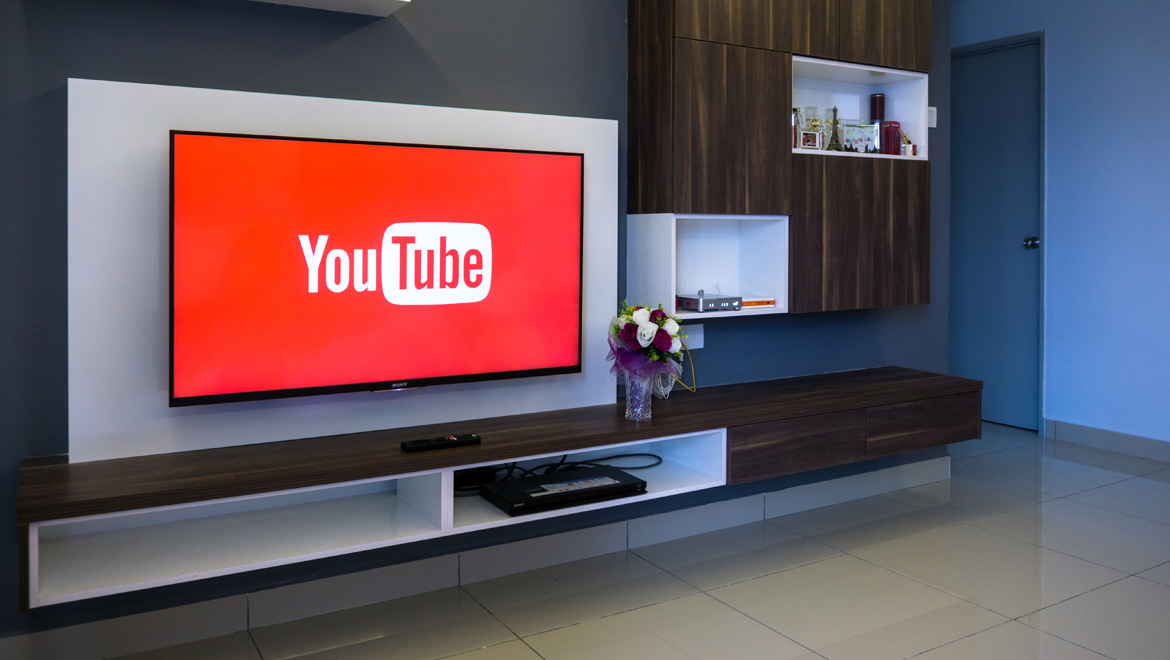PRESS AND NEWS CENTER
Service Providers Have Opportunities Beyond Infrastructure to Deliver Entertainment Experiences to North American Audiences

- North American consumer expectations for video and entertainment are rapidly changing as they seek to experience content in a more fluid manner across tablets, phones and a variety of different TVs in their homes.
- Service providers will have to look beyond infrastructure and consider new technologies and services that enable them to succeed with hybrid systems that include next-generation networking, content management and in-home wireless infrastructures.
- These trends offer service providers an opportunity to redefine relationships with consumers by helping them manage the complexity associated with the deluge of content and services that are available while ensuring a seamless in-home Wi-Fi experience.
Audiences in North America want to consume video and entertainment in drastically different ways. They are increasingly interested in a more nomadic experience in which content can be consumed whenever and wherever they want.
 Luis Martinez-Amago, President of Technicolor Connected Home, North America
Luis Martinez-Amago, President of Technicolor Connected Home, North America
This shift is generating new challenges and opportunities for the cable, satellite and telco operators, who must rethink their operations and transform business strategies in order to stay competitive across the North American market.
We caught up with Luis Martinez-Amago, President of Technicolor Connected Home, North America, to discuss the dynamics of this next-generation audience and their expectations, and explore how service providers are addressing evolving consumer demands.
Q: There is a lot of action going on in North America for Technicolor, especially in the wake of the recent acquisition of the Cisco Connected Devices Business Unit. Can you offer your perspective on the emerging video strategies of cable, satellite and telco service providers in North America?
Martinez-Amago: This is a very pertinent question because what we are seeing today is a real change in the way audiences consume video and entertainment. A few years ago, people were consuming content in a fairly monolithic and siloed manner.
Today, due to the evolution of technology, consumers want to experience content in a more fluid environment. They want to be able to seamlessly shift from tablets to phones and a variety of different TVs in their homes.
I believe this is a huge opportunity for the industry. It is forcing us to really understand what consumers want and adapt technology to provide a means for audiences to access their content in a variety of ways.
Q: So how are you seeing the service providers react to this? What are some of the initiatives that you are seeing to offer high-quality experiences across all of those different environments?
Martinez-Amago: There are different issues that service providers must address in order to succeed in this new paradigm. One of them is technological. In order to ensure that content reaches consumers in a high-quality manner, it is not enough to simply deliver content to the home. We need to offer technology that distributes experiences throughout the environment via Wi-Fi, for instance. Wi-Fi is a technology that is being stretched, but which must perform well in order to provide the experience that users expect.
This is one aspect.
Another issue revolves around the experience itself. We are moving from a culture in which video is presented to us on a schedule, and we are being moved by the habits of millennials to on-demand access to entertainment. They want control of what and when they see things. However, there is a lot of content out there, and today’s consumers are interested in recommendations about the type of content they would like to see. Instead of going to find content in channels or in the places we normally find it, we are moving into an environment in which the type of content we consume will be proposed to us and then we can consume it on one device or another and we will not be forced to spend time looking for the content.
All of these trends are forcing the service providers to adapt infrastructure and develop the software that will make this consumption the preferable choice for the consumers at the end.
Q: So, is complexity management then the key opportunity for service providers in North America?
Martinez-Amago: I believe it is the key opportunity. It is a key opportunity because they have the means to provide that service. We know that there are other competitive options to making content available to consumers. That is what has led to the rise of over-the-top (OTT) providers. They are just using the communications means and infrastructure to make content available in an imaginative way to consumers.
But it is important to remember that service providers own the network. They also own some of the devices that are in the house. This gives them the opportunity to also manage content and broadband access coming into the house.
As more content and content management move to the “cloud,” service providers are in a great position to maximize performance of services delivered to the home. Service providers have the right assets to provide the best experience.
Q: What are the kinds of investments service providers will have to make in order to take advantage of this hybrid strategy?
Martinez-Amago: Again, I think the investments fall into two main categories. One area is infrastructure and the other is experience.
I think in infrastructure, service providers have to carefully calculate capacity in the network, and be prepared to deliver the broadband services necessary to support increasingly bandwidth-intensive resources. They need not just prepare for today’s, content, but anticipate the kind of content that will require more and more bandwidth in the future. As virtual reality becomes a reality, for instance, the need for bandwidth will increase dramatically. So investments in the network will be critical.
It is also important for service providers to think through what investment they should make in the “connected home.” They need to assess how to distribute this broadband content around to the different devices and on this front Wi-Fi is a critical consideration.
The other area is the audience experience. And by experience, I believe we have to consider every aspect of how consumers interact with technology and content. This includes: helping users select and access content with recommendations; managing cloud applications that push the content to consumers; ensuring that the home environment and network infrastructure can support interactivity of users with devices and the cloud. Service providers have an opportunity to invest in technologies that make it as easy as possible for people to access all kinds of different content and experiences.
Q: Looking ahead, looking at the North American market, how do you see things evolving between now and the end of the decade?
Martinez-Amago: I think the main evolution will be the rise of what I may call a hybrid system. It is a system in which traditional “walled garden” offerings coexist with much more open offerings that let the user choose between different options in the same environment.
We have seen that several service providers are welcoming over-the-top (OTT) plays to complement what they are providing today. They are also demonstrating interest in having competitive tools to – in some cases – lead in this new environment.
I think this is very exciting and it is a culmination of technology, user experience, and software in the home and in the cloud. And all this will represent tremendous opportunities not only for them, but also for technology companies and creative companies like Technicolor who work with the entire value-chain of content creation, distribution and consumption.
Q: What are some of the things Technicolor is doing to support this evolution and to support this evolving strategy?
Martinez-Amago: As an established partner with most of the service providers in the world, we continue to provide very competitive solutions in the connected-home infrastructure, with the latest innovation in gateway, set-top box and Wi-Fi technologies, to name just a few areas of activity.
We also are part of a broader conversation with service providers in North America – and around the world -- because of our influential participation in the content creation environment. For the past five years, Technicolor has been involved in Oscar-award winning projects, including: The Revenant, Birdman, Whiplash, Gravity, Life of Pi.
We are also doing groundbreaking research and development in new compression technologies, and in bringing new innovations to customers like HDR, which in my opinion is a major step in the way people will enjoy TV and video. We are working with partners throughout the industry to integrate all of these innovations into the different pieces of the entertainment puzzle.
This allows us to offer insight and opportunities for collaboration that will help service providers offer their subscribers the best possible entertainment experience today...and in the years to come.